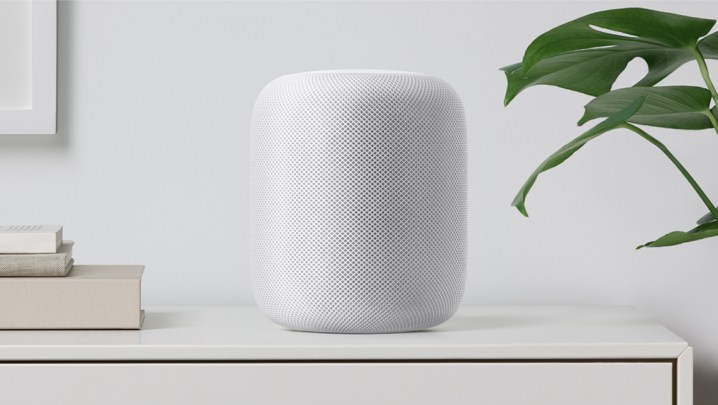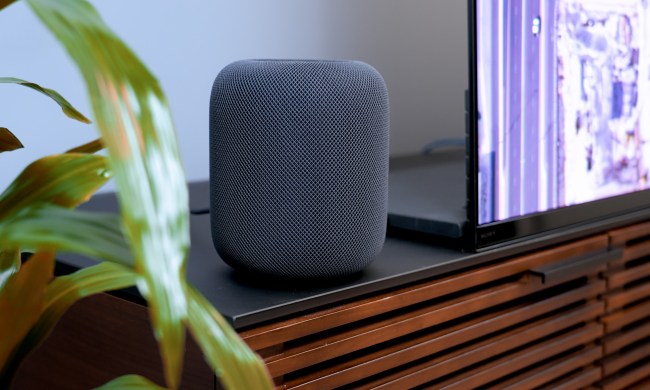
It’s June 18, and Apple has made good on its promise to launch its HomePod in Germany, France, and Canada by this date. The Siri-enabled smart speaker marks a major market expansion for the tech giant, and the announcement could be an effort to boost dwindling sales of the HomePod, which will now be available in six countries, including the United Kingdom and Australia.
Five months after the HomePod made its much anticipated (and delayed) debut in its first three nations, it has now expanded its reach. The HomePod can be purchased in either white or space grey for $449 in Canada, or 349 euros in Germany and France ($405), from Apple’s online store, the Apple Store app, or of course, at Apple retail locations. Select authorized resellers are also carrying the smart speaker, including Best Buy in Canada.
Not so long ago, Apple released a software update to the HomePod that allows Siri to speak in French, German, and Canadian English. Support for Canadian French is slated to arrive later this year. While HomePods could already be purchased in the U.S., U.K., or Australia, and used in other countries, this update marks the first time that Siri on HomePod has been granted the ability to speak in different languages.
The same update added extra features to the HomePod speaker, including multi-room audio and stereo pairing, so users can connect the device with any AirPlay 2-enabled speakers to hear audio across different rooms of the house. Users can also sync two HomePod devices to create a stereo system. The update allows the HomePod to remain competitive with Amazon Echo and Google Home, both of which already support multi-room audio.
Since its January release, the HomePod has experienced uninspiring sales, with Apple reportedly cutting orders after seeing poor sales volume. While many users were impressed with the speaker’s sound quality, people were disappointed by the device’s inability to support non-iOS devices, and the lack of built-in music sources besides Apple Music. According to a Bloomberg report, many also found the $349 price tag simply too high, especially when compared to other devices in the smart speaker market.
During the first ten weeks of HomePod sales, the device occupied 10 percent of the smart speaker market, with Amazon Echo and Google Home occupying 73 and 14 percent, respectively. Part of the initial disappointing sales figures might be explained by the fact that Apple missed its original HomePod release date in December, which could potentially have increased sales over the holiday season.
It remains to be seen whether the HomePod will fare better in Germany, France, and Canada. If not, it’s rumored that Apple will be announcing a cheaper version of the HomePod later in 2018, which could spur sales among potential buyers who were initially turned off by the price tag of the device.
Updated on June 18 with the news that the HomePod has gone on sale in Germany, France, and Canada.

